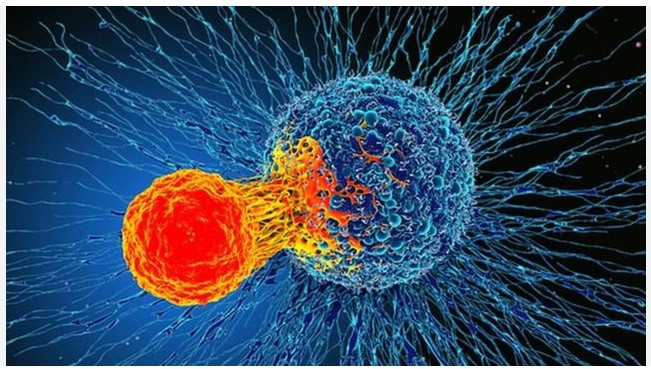
Carcinogens are substances or agents that can cause cancer. They can be found in the environment, in the workplace, in food, and in consumer products. It is important to be aware of the potential carcinogens that exist in our everyday lives in order to reduce our risk of developing cancer. This article provides a list of known carcinogens and explains how they can cause cancer. It also provides tips on how to reduce exposure to these agents. By understanding the potential carcinogens in our environment, we can take steps to protect ourselves and our families from the risk of cancer.
How to Identify Carcinogens on the List of Carcinogens: A Guide for Consumers
Carcinogens are substances that can cause cancer. They can be found in many everyday products, from food to cosmetics to household cleaners. As a consumer, it is important to be aware of the potential carcinogens in the products you use. This guide will provide you with information on how to identify carcinogens on the list of carcinogens.
The first step in identifying carcinogens is to familiarize yourself with the list of carcinogens. The list is maintained by the International Agency for Research on Cancer (IARC) and is updated regularly. It includes substances that have been classified as carcinogenic, probably carcinogenic, or possibly carcinogenic to humans.
Once you have familiarized yourself with the list, you can begin to look for carcinogens in the products you use. Start by reading the product labels. Look for any ingredients that are listed on the IARC list. If you find any, the product may contain a carcinogen.
You can also look for warning labels on products. Many products that contain carcinogens will have a warning label that states that the product contains a known or suspected carcinogen. If you see this warning, it is best to avoid the product.
Finally, you can research the products you use online. Many websites provide information on the ingredients in products and whether or not they are on the IARC list. This can help you make an informed decision about which products to use.
By following these steps, you can identify carcinogens on the list of carcinogens and make informed decisions about the products you use. Being aware of the potential carcinogens in the products you use can help you protect your health and the health of those around you.
Understanding the Different Types of Carcinogens on the List of Carcinogens: A Comprehensive Overview
Carcinogens are substances or agents that are known to cause cancer in humans or animals. The International Agency for Research on Cancer (IARC) has compiled a list of known and suspected carcinogens, which is regularly updated as new information becomes available. This list includes a variety of different types of carcinogens, each of which has its own unique characteristics and potential health risks. In this article, we will provide a comprehensive overview of the different types of carcinogens on the IARC list.
The first type of carcinogen is a chemical carcinogen. These are substances that are known to cause cancer through direct chemical reactions with cells in the body. Examples of chemical carcinogens include asbestos, benzene, and formaldehyde.
The second type of carcinogen is a physical carcinogen. These are substances that cause cancer through physical contact with the body, such as radiation. Examples of physical carcinogens include ultraviolet radiation from the sun, X-rays, and gamma rays.
The third type of carcinogen is a biological carcinogen. These are substances that cause cancer through the introduction of infectious agents into the body. Examples of biological carcinogens include viruses, bacteria, and parasites.
The fourth type of carcinogen is an environmental carcinogen. These are substances that are found in the environment and can cause cancer when inhaled, ingested, or absorbed through the skin. Examples of environmental carcinogens include air pollution, water pollution, and certain pesticides.
Finally, the fifth type of carcinogen is an occupational carcinogen. These are substances that are found in the workplace and can cause cancer when inhaled, ingested, or absorbed through the skin. Examples of occupational carcinogens include asbestos, benzene, and formaldehyde.
In conclusion, the IARC list of carcinogens includes a variety of different types of carcinogens, each of which has its own unique characteristics and potential health risks. It is important to be aware of the different types of carcinogens and to take steps to reduce your exposure to them.
Conclusion
The list of carcinogens is an important tool for recognizing potential cancer-causing agents. It is important to be aware of the substances that are known to cause cancer and to take steps to reduce exposure to them. By understanding the list of carcinogens, individuals can make informed decisions about their health and safety. Additionally, it is important to be aware of the potential health risks associated with exposure to these substances and to take steps to reduce or eliminate exposure.